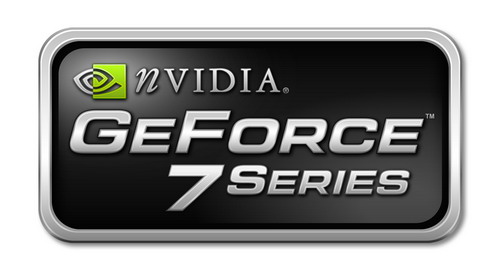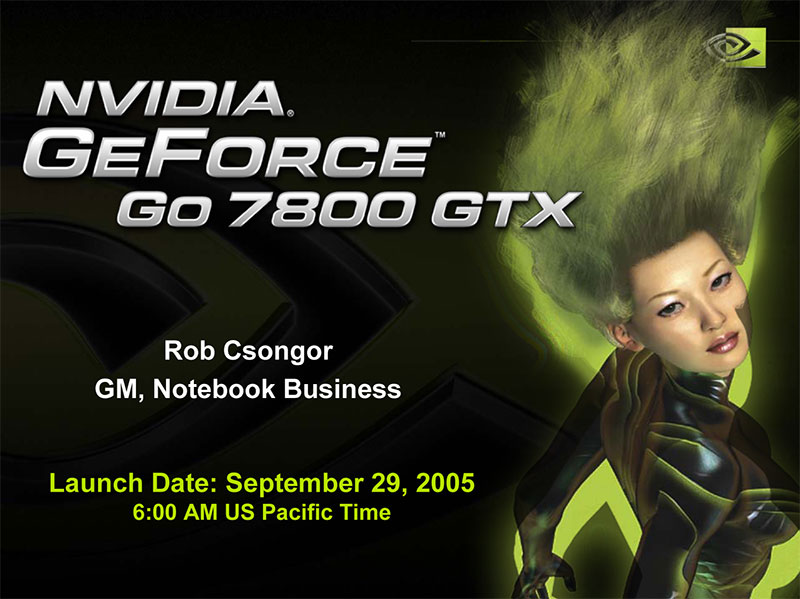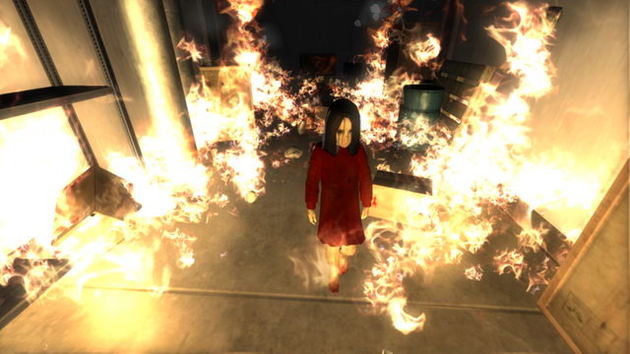GeForce 7800 GTX

Despite the noticeable increase in performance, this architecture should not be considered fundamentally new - the development and improvement of the well-known NV4X architecture is evident.
Features of the NVIDIA G70 codenamed GPU compared to the NV4X : The NVIDIA GeForce 7800 GTX
manufacturing process contained more than 300 million transistors and is manufactured using a 0.11 micron process technology at TSMC. Despite the increased complexity, the clock speed of the chip is higher than that of its predecessor, as well as the overclocking potential.
Pixel shadersThe number of G70 pixel processors was 24, at the same time they themselves underwent a number of changes compared to those used in the GeForce 6800 Ultra. In particular, mini-ALUs have been added to optimize the execution of the most popular shader instructions. As a result, we saw a significant increase in the performance of the GeForce 7800 GTX over its predecessor in those theoretical tests where the main "bottleneck" is the performance of pixel processors.

ROPs The number of rasterization units (ROPs) has remained unchanged since the GeForce 6800 Ultra, which means that the number of texture samples per clock has not changed and was 16. As studies have shown, in the case when the main emphasis was made by the application on a large number of textures, the novelty did not greatly outperformed the GeForce 6800 Ultra.
Vertex shaders The number of geometric processors in NVIDIA GeForce 7800 GTX is 8, against 6 in the previous generation chip, and they themselves had a number of architectural optimizations. Despite this, due to the relatively low clock frequency, in a number of theoretical tests NVIDIA's new flagship showed worse results compared to the RADEON X850 XT Platinum Edition operating at a higher frequency.
FrequenciesThe clock frequency of the NVIDIA GeForce 7800 GTX memory was 1200 MHz, which slightly exceeds the 1100 MHz of its predecessor and led to a number of cases when the difference in performance between the chips is minimal.
Performance Due to the increased number of pixel processors and their ability to work with color represented in the extended dynamic range, NVIDIA promised a 60% increase in the performance of the GeForce 7800 GTX over the GeForce 6800 Ultra in HDR modes.
QualityNVIDIA GeForce 7800 GTX promised a significant increase in the quality of anti-aliasing of microgeometric objects thanks to Transparent FSAA. The quality of trilinear and anisotropic filtering in the GeForce 7800 GTX matched or exceeded that offered by the previous generation architecture. In terms of the quality of trilinear filtering, the GeForce 7800 GTX fully matched the GeForce 6800 Ultra, and the quality of the anisotropic filtering of the new NVIDIA product was even slightly higher.

The power consumption of the new product is approximately the same as that of the GeForce 6800 Ultra, and the heat dissipation is apparently even somewhat lower - the GeForce 7800 GTX manages with a relatively quiet single-slot cooler, while its predecessor has a bulky and noisy cooling system.
Specifications NVIDIA GeForce 7800 GTX
| Name | GeForce 7800 GTX |
| Core | G70 |
| Process technology (µm) | 0.11 |
| Transistors (million) | 302 |
| Core frequency | 430 |
| Memory frequency (DDR) | 600 (1200) |
| Bus and memory type | GDDR3 256 Bit |
| Bandwidth (Gb/s) | 38.4 |
| Pixel pipelines | 24 |
| TMU per conveyor | 1 |
| textures per clock | 24 |
| textures per pass | 24 |
| Vertex conveyors | 8 |
| Pixel Shaders | 3.0 |
| Vertex Shaders | 3.0 |
| Fill Rate (Mpix/s) | 6880 |
| Fill Rate (Mtex/s) | 10320 |
| DirectX | 9.0c |
| Anti-Aliasing (Max) | SS&MS - 8x |
| Anisotropic Filtering (Max) | 16x |
| Memory | 512-256 |
| Interface | PCI-E |
| RAMDAC | 2x400 |
Architecturally, NVIDIA GeForce 7800 GTX, which was the ancestor of a new family of accelerators, was the successor of GeForce 6, however, with a seriously increased efficiency, as well as a number of innovations. In this regard, it makes sense to talk about the GeForce 7800 GTX not as a breakthrough in functionality, but as a product that raised the bar in performance and image quality to unprecedented heights, and also provided a certain reserve for the future.
The biggest strength of the GeForce 7800 GTX was its pixel shader performance, as seen in games such as Half-Life 2 and FEAR. and RADEON X850 XT Platinum Edition.
The new product from NVIDIA also had some weaknesses, for example, the presence of 16 ROPs and a relatively low memory clock speed. The second sometimes did not allow the new graphics chip to show its full power in the case of full-screen anti-aliasing.
The GeForce 7800 GTX had virtually no driver deficiencies. All games and applications ran quickly and without any image quality issues. In other words, buyers of the GeForce 7800 GTX received an absolutely stable and complete product: they did not have to deal with any issues related to software and drivers.
Although the power consumption of the GeForce 7800 GTX was slightly higher than that of the previous flagship, this is not a disadvantage, since the difference of 3W is minuscule, while the performance of twice the GeForce 6800 Ultra was certainly an achievement.
FEAR




